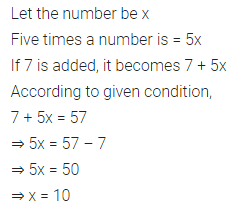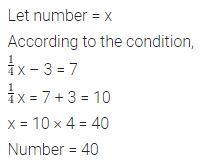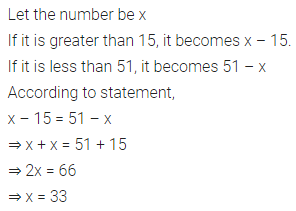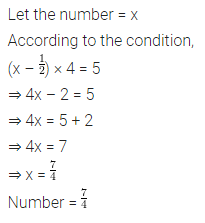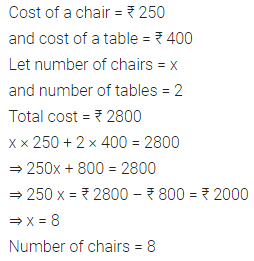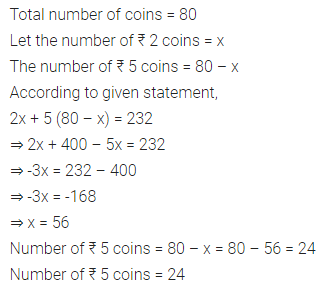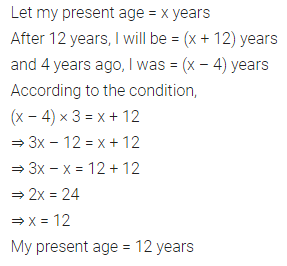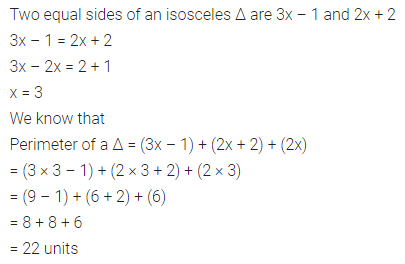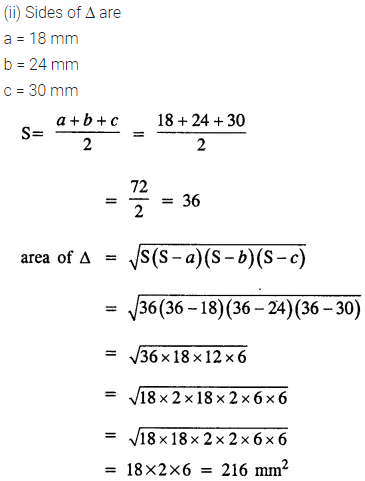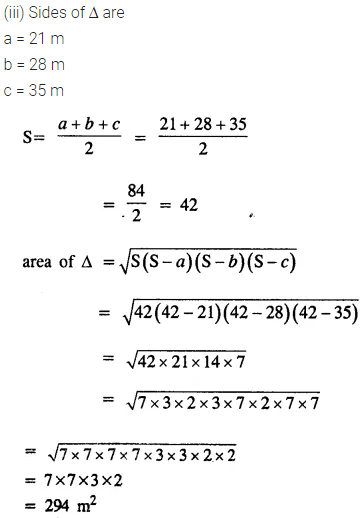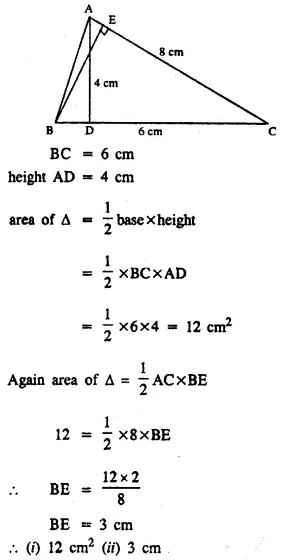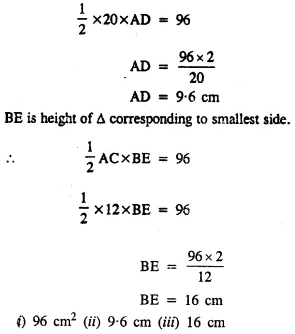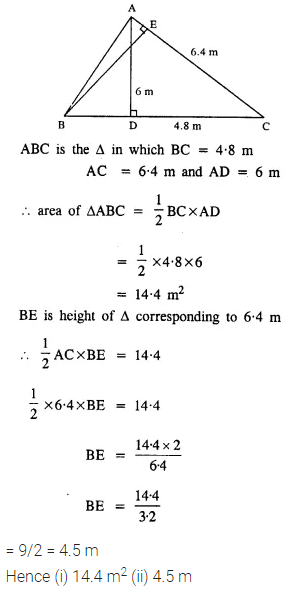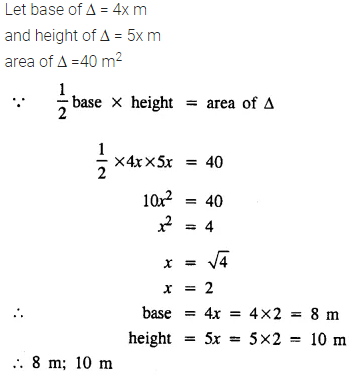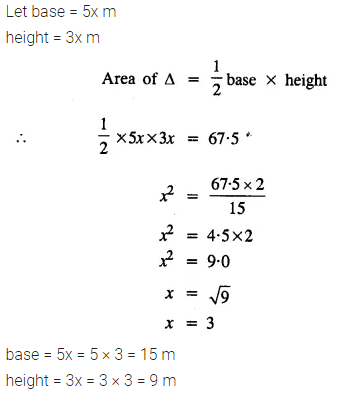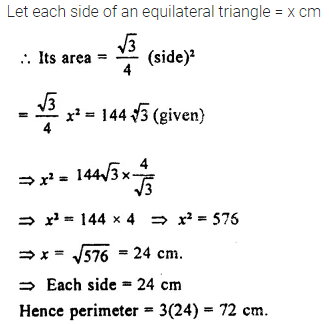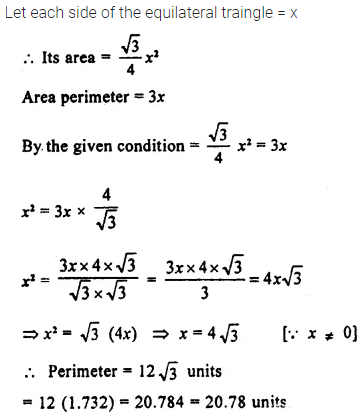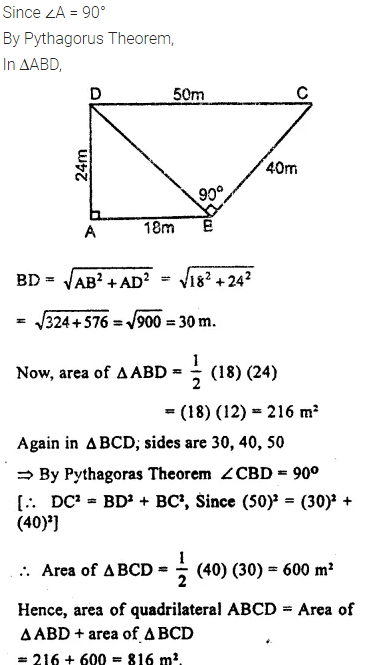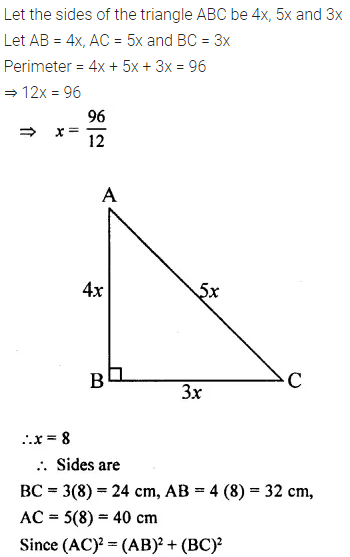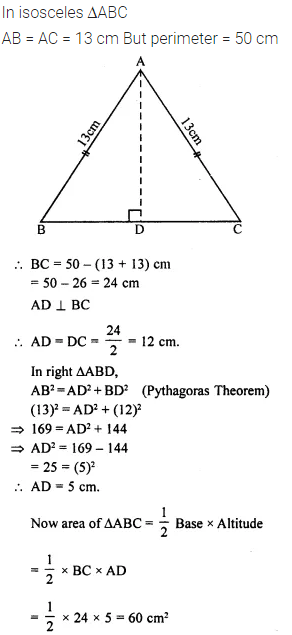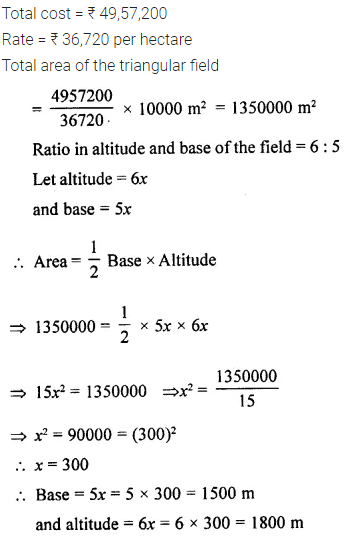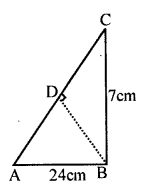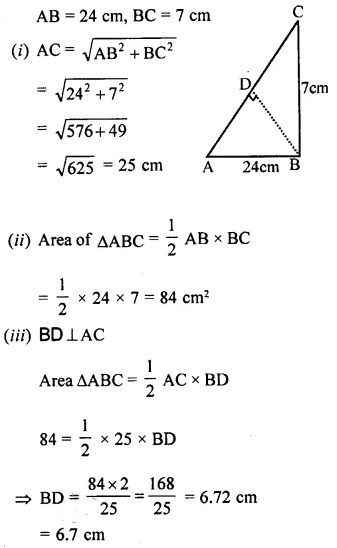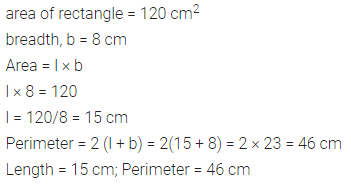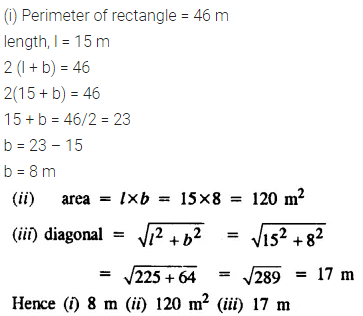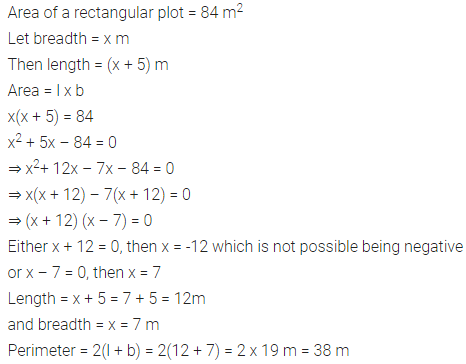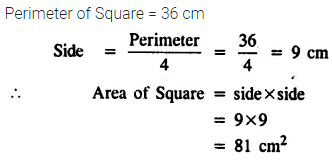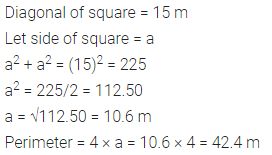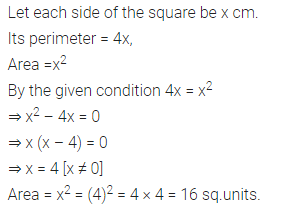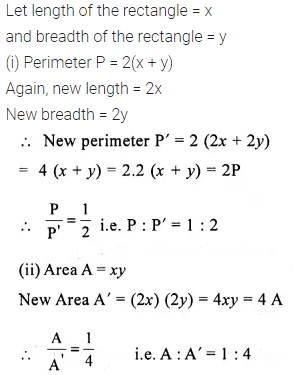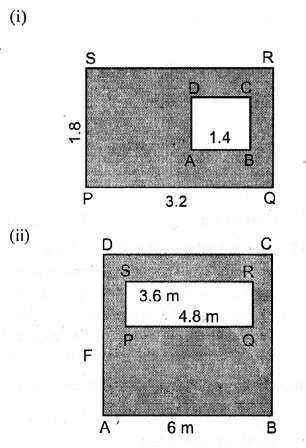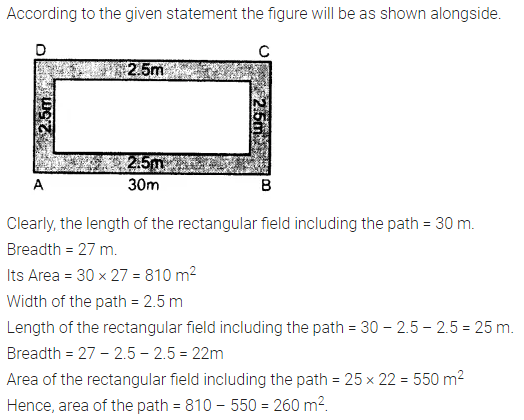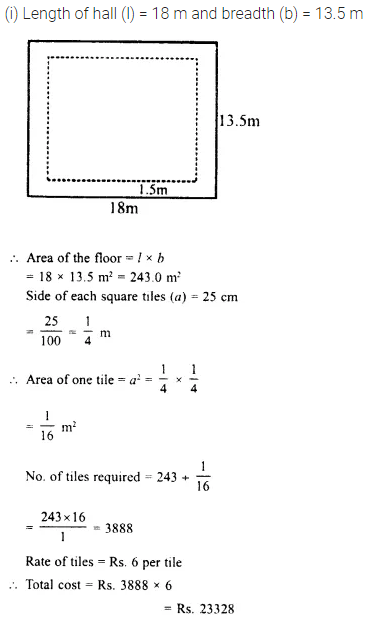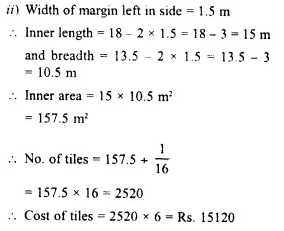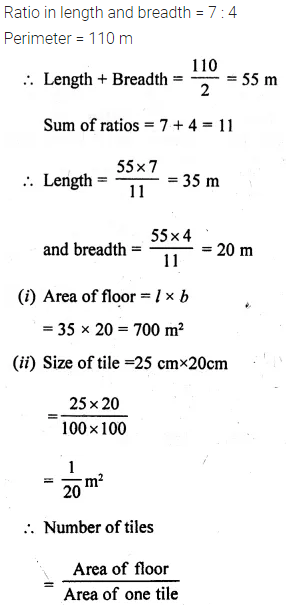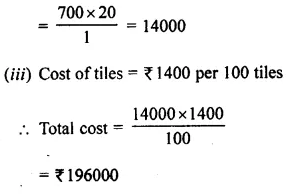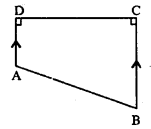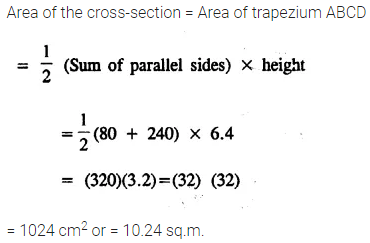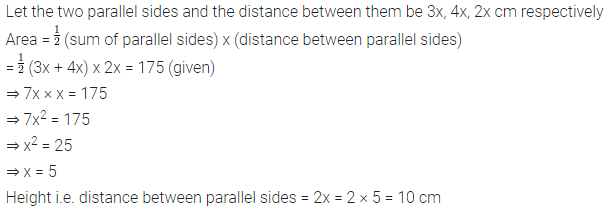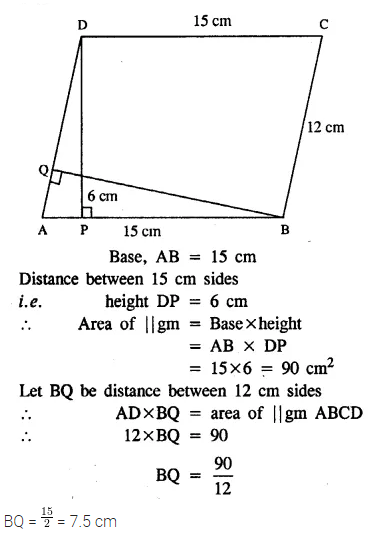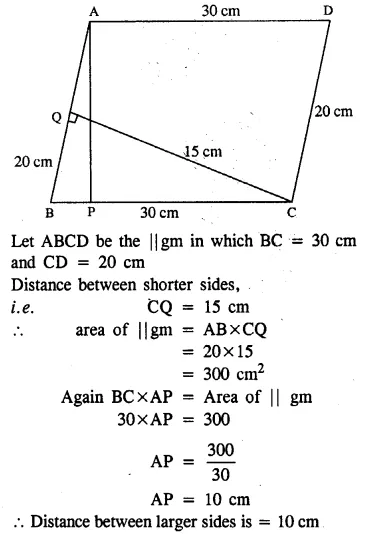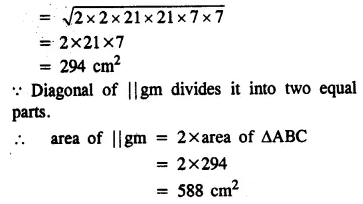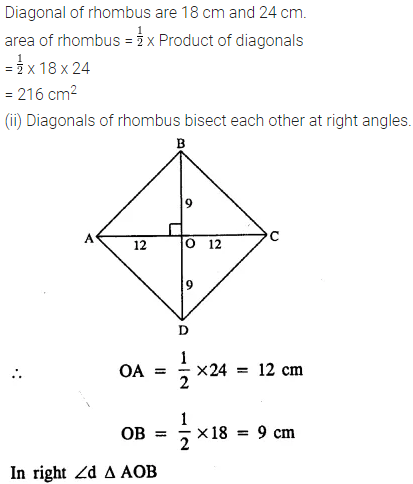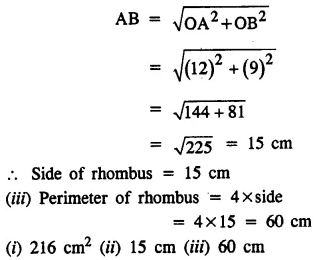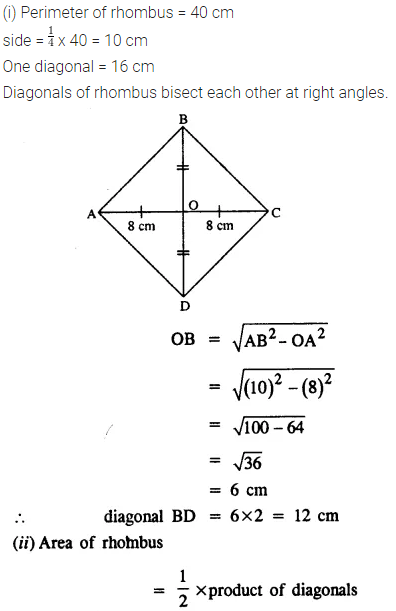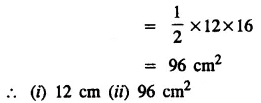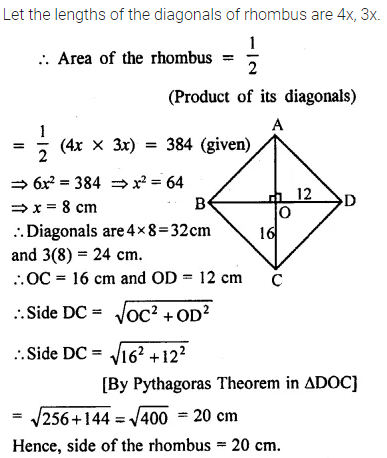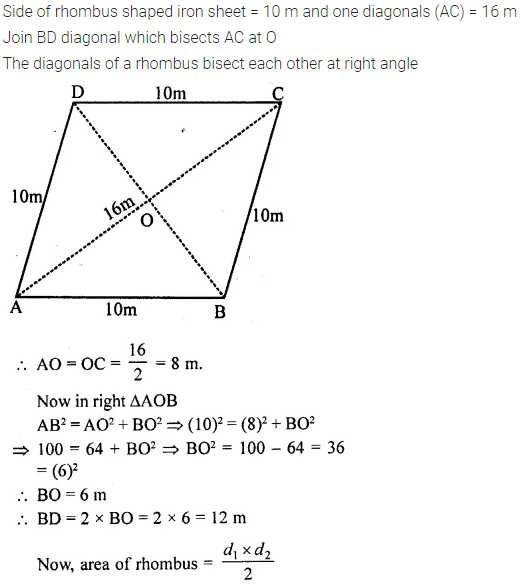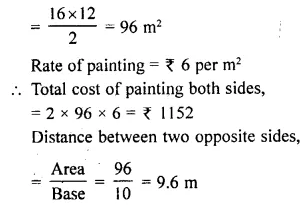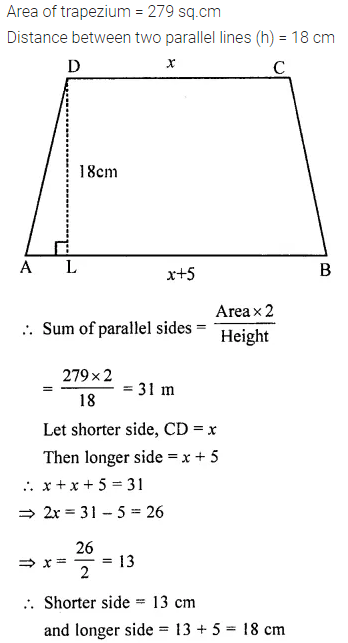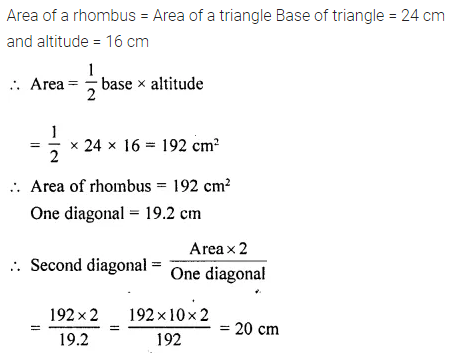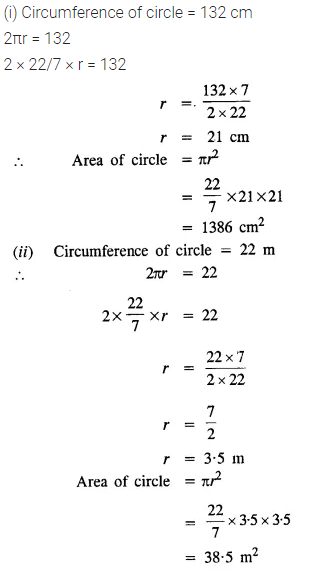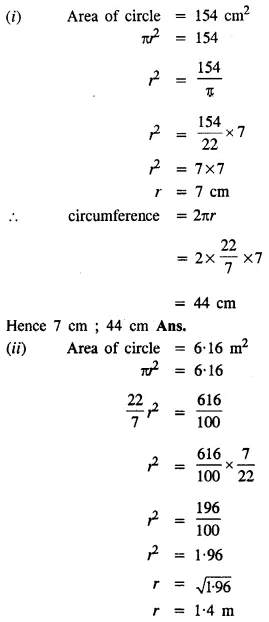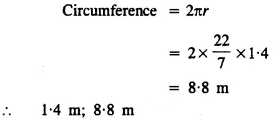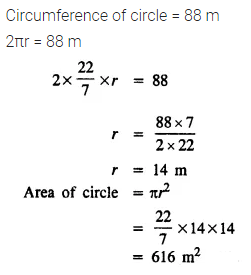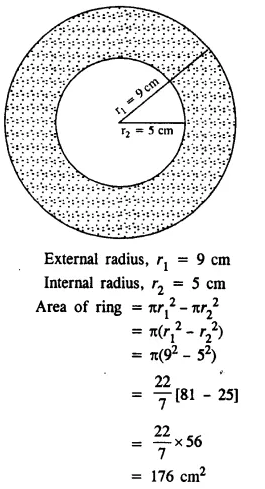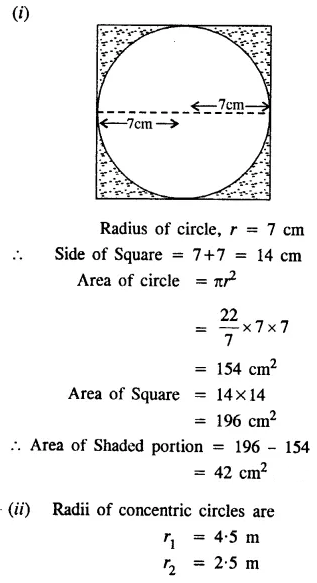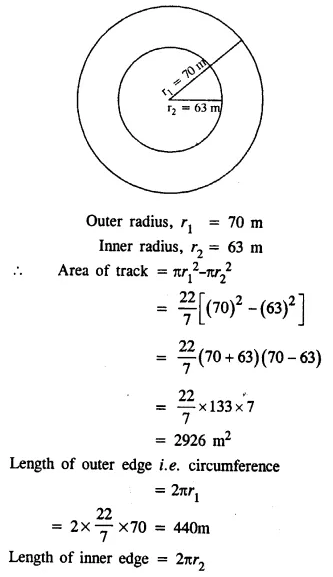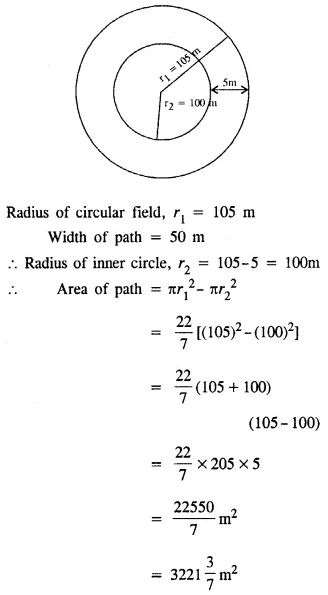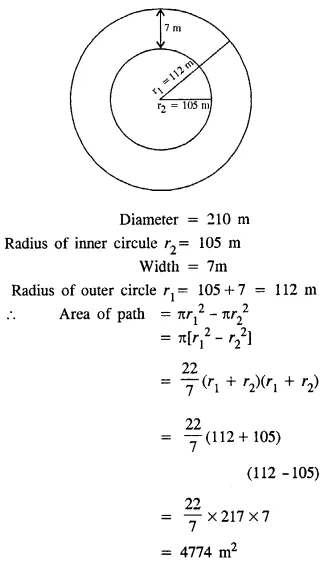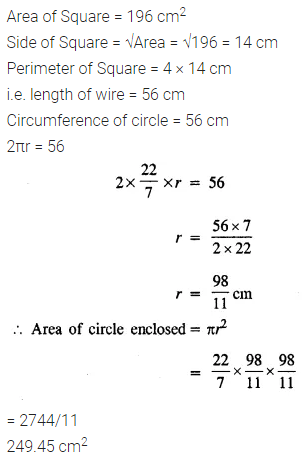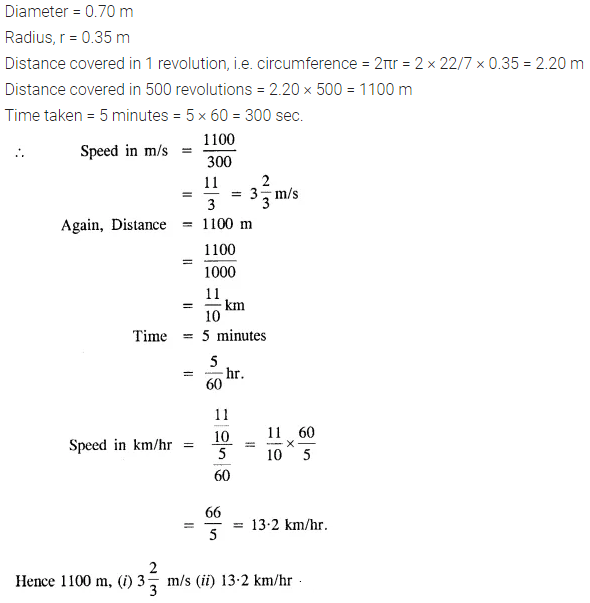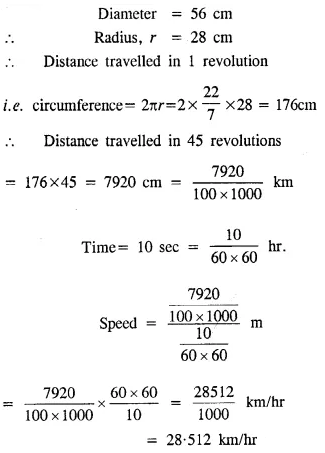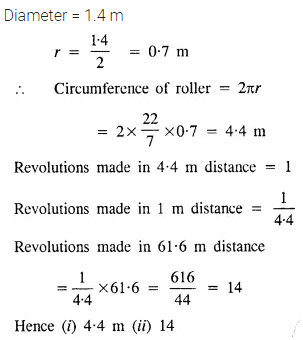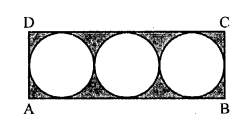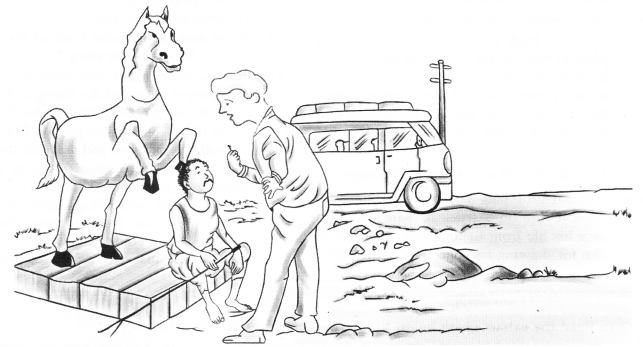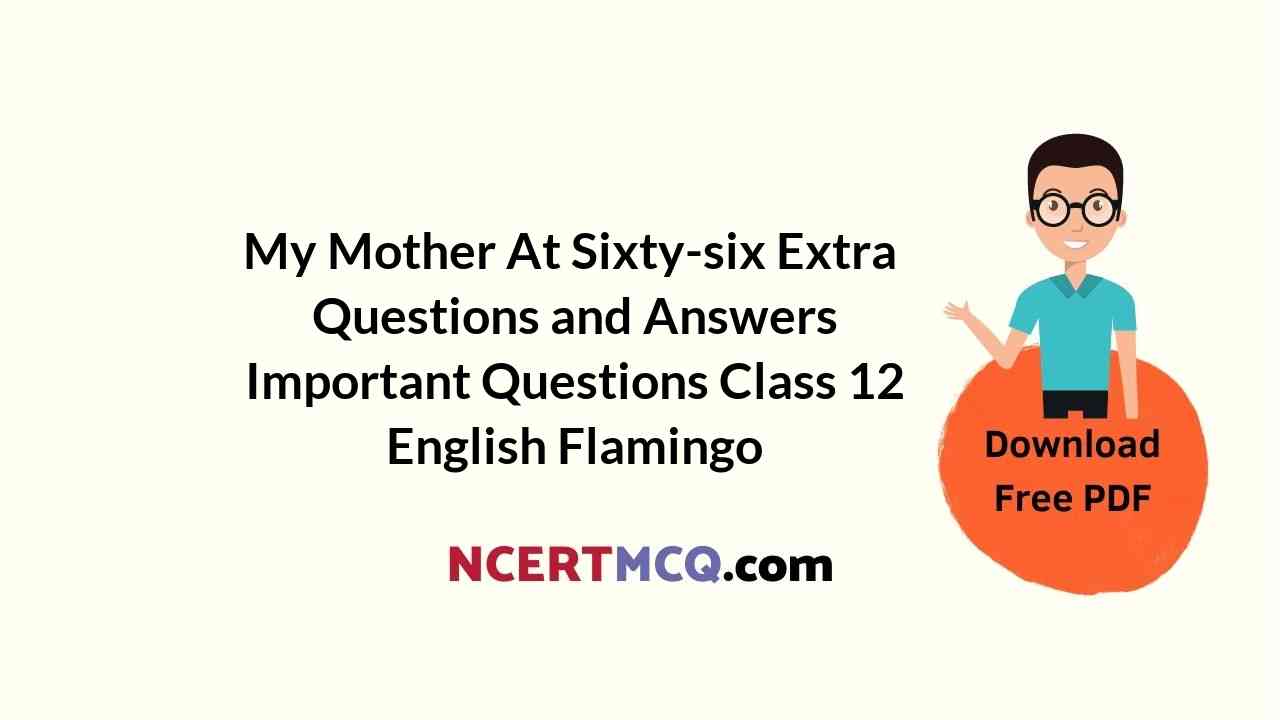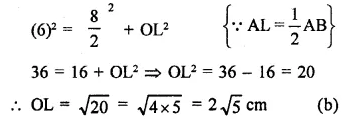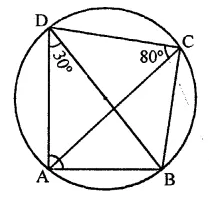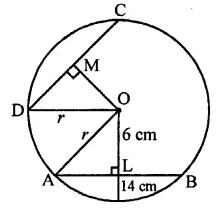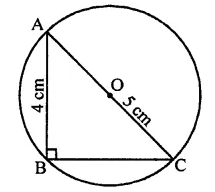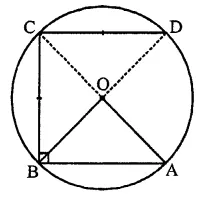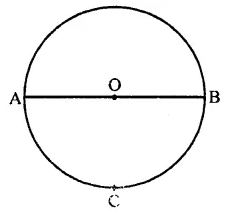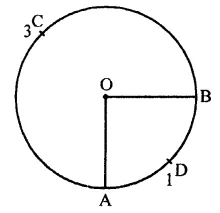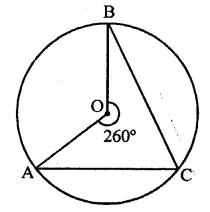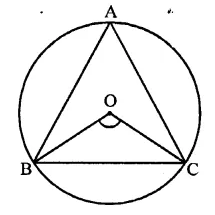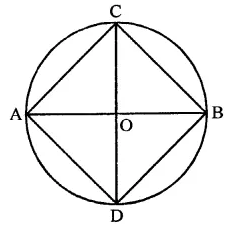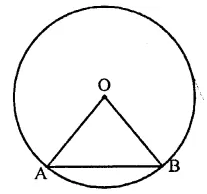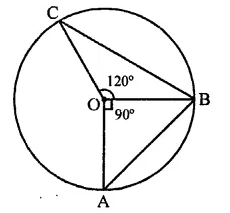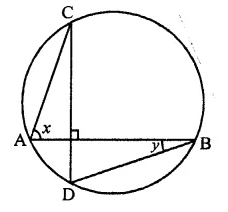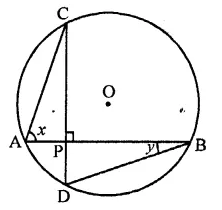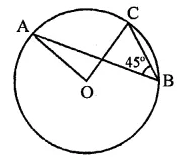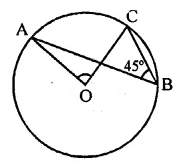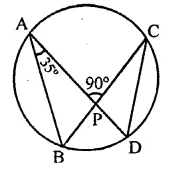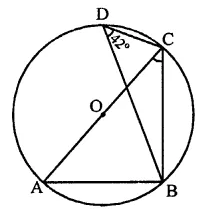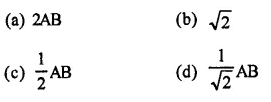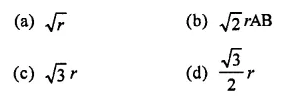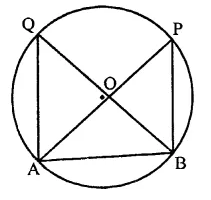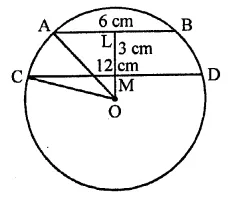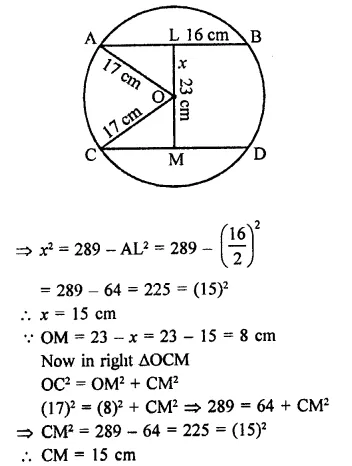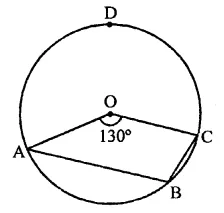We have decided to create the most comprehensive Online Education English Summary that will help students with learning and understanding. in this article we are covered Silk Road Summary.
Online Education for Silk Road Summary in English by Nick Middleton
Silk Road by Nick Middleton About the Author
| Author Name | Nick Middleton |
| Born | 1960 (age 60 years), London, United Kingdom |
| Books | Going to Extremes, Global Casino, Rivers: A Very Short Introduction |
| Awards | The Royal Geographical Society’s Ness |

Silk Road Summary in English
The narrator was leaving Ravu and heading towards Mount Kailash to complete the kora. It was in the early hours of the morning that they were set to leave. Lhamo gave the narrator a long-sleeved sheepskin coat, which all the men wore, as a farewell present. Tsetan assessed him as they got into his car. They took a short cut to get off the Changtang. Tsetan knew a route that would take them south-west, almost directly towards Mount Kailash. It involved crossing several fairly high mountain passes, he said. Going that way would not be a problem if there was no snow but that one could never know till one reached there.
From the gently rising and falling hills of Ravu, the short cut took them across vast open plains, dry grazing land, with nothing in them except a few small antelopes. Moving ahead they noticed that the plains became more stony than grassy. Here they saw a herd of wild ass that were racing around and of which Tsetan had told them even before they appeared.
The drive again became steep. They crossed drokbas tending their flocks. Thickly clad men and women stared at their car and at times waved at them while the sheep would turn away from the vehicle. They passed nomads’ dark tents pitched in the isolated places usually with a huge black dog, a Tibetan big, smooth-haired dog guarding them. These dogs would observe them from a distance and as they drew closer, they would rush towards them and chase them for about a hundred metres. These hairy dogs were pitch black and usually wore bright red collars and barked angrily with enormous jaws. They were absolutely fearless of their vehicle and would run straight onto their way. Tsetan had to brake and turn sharply to avoid them. It was because of their ferocity that these Tibetan mastiffs were brought from Tibet to China’s imperial courts as hunting dogs.
As they entered a valley, they could see snow-capped mountains and the wide river but mostly blocked with ice that was sparkling in the sunshine. As they moved ahead, on their upward track, the turns became sharper and the ride bumpier. The rocks around were covered with patches of bright orange lichen. Under the rocks, seemed unending shade. The narrator felt the pressure building up in his ears so he held his nose, snorted and cleared them. Just then Tsetan stopped and the three of them—Tsetan, Daniel and the narrator walked out of the car.
It continued to snow. The snow that had collected was too steep for their vehicle to scale, so there was no way of going around the snow patch. The narrator looked at his wristwatch and realized that they were at 5,210 metres above sea level.
The snow didn’t look too deep, but the danger was that if the car slipped it could turn over. Tsetan grabbed handfuls of soil and threw it across the frozen surface of ice. Daniel and the narrator stayed out of the vehicle to lessen Tsetan’s load. He backed and drove towards the dirty snow, and with no difficulty the car moved on. But after ten minutes of driving, there was another obstruction. Tsetan assessed the scene and this time he decided to drive round the snow. It was a steep slope scattered with big rocks, but Tsetan got past them. The narrator checked his watch again; they were 5,400 metres above sea level and his head began to ache terribly. He gulped a little water for relief.
When they reached the top of the pass at 5,515 metres, they noticed large rocks decorated with white silk scarves and ragged prayer flags. All of them took a clockwise round them as is the tradition and Tsetan checked the tyres on his vehicle. He stopped at the petrol tank. The lower atmospheric pressure was allowing the fuel to expand.
The narrator was soon relieved of headache as they went to the other side of the pass. At two o’clock, they stopped for lunch and ate hot noodles inside a long canvas work tent, put up beside a dry salt lake. The plateau was covered with spots of salty desert area and salt lakes, leftovers of the Tethys Ocean, which surrounded Tibet before the steep climb. Here there was a lot of activity, men with pickaxes and shovels were moving around wearing long sheepskin coats and salt-covered boots. All of them were wearing sunglasses against the bright light of the trucks as they came laden with piles of salt.
By late afternoon they reached a small town, Hor, back on the main east-west highway that followed the old trade route from Lhasa to Kashmir. Daniel took a ride in a truck and went to Lhasa. Tsetan and the narrator bade him farewell.
Hor was a gloomy place covered with dust and rocks and devoid of vegetation. It was scattered with a lot of refuse that had gathered over the years. It was regrettable as this town was on the shore of Lake Manasarovar, Tibet’s most honoured lake. Ancient Hindu and Buddhist study of the universe pinpoints Manasarovar as the source of four great Indian rivers: the Indus, the Ganges, the Sutlej and the Brahmaputra. Actually, only the Sutlej flows from this lake, but the headwaters of the others all rise nearby on the sides of Mount Kailash. They had tea in Hor’s only cafe which, like all the other buildings in town, was built from badly painted concrete and had three broken windows but they had a good view of the lake through one of the windows.
After half an hour’s stop, they drove westwards out of the town towards Mount Kailash.
The narrator was surprised to see Hor because it was absolutely different from what he had read about it. Ekai Kawaguchi, a Japanese monk who had been there in 1900, was so stirred by the holiness of the lake that he burst into tears. A few years later, the place had a similar effect on Sven Hedin, a Swede visitor.
They reached a guesthouse in Darchen after 10.30 p.m. They were 4,760 metres above the sea level. It was a disturbed night. The narrator had terrible cold because of the open-air rubbish dump in Hor. With his nostrils blocked he found it difficult to breathe. He was tired and hungry and thus started breathing through his mouth.
But barely had he slept when he woke up abruptly. His felt a peculiar heaviness in his chest; he sat up and cleared his nasal passages. He felt relieved but the moment he lay down he intuitively felt that something was wrong. He was not breathless but simply could not sleep. The fear of dying in his sleep kept him awake.
The next morning Tsetan took him to the Darchen Medical College. It was a new building that looked like a monastery from the outside. It had a very solid door that opened into a large courtyard. In the consulting room was a Tibetan doctor who did not have the equipment that a doctor would have. Clad in a thick pullover and a woolly hat, he listened to the narrator’s symptoms and said it was because of the altitude and cold. He assured the narrator that he would be fine and gave him a brown envelope stuffed with fifteen screws of paper that contained brown powder that tasted like cinnamon. He was asked to take them with hot water. The narrator did not like the look of the contents but took them anyway. He slept very soundly.
When Tsetan was assured that the narrator was going to be well, he left him and returned to Lhasa. As a Buddhist, it didn’t really matter if the narrator died but he thought it would be bad for business. After the narrator got his rest and a good night’s sleep, Darchen didn’t look so awful. It was still dusty, and had heaps of rubble and refuse, but the bright sun gave him a view of the Himalayas. He saw the snow-capped mountain, Gurla Mandhata, with a small cloud hanging over its peak.
The town had a few general stores selling Chinese cigarettes, soap and other basic provisions, as well as the usual strings of prayer flags. In front of one, men collected in the afternoon for a game of pool on a strange table in the open air, while nearby women washed their long hair in the icy water of a narrow brook near the guesthouse. Darchen felt stress-free and slow but for the narrator this was a major disadvantage. There were no pilgrims. He had been told that in the peak of the pilgrimage season, the town was full of visitors. That was the reason for his being there in the beginning of the season, but it seemed that he was too early.
One afternoon he sat with a glass of tea in Darchen’s only cafe thinking about the paucity of pilgrims and the fact that he hadn’t made much progress with his self-help programme on positive thinking. After some contemplation, he felt he could only wait. He did not like the idea of going alone on a pilgrimage.
The kora was seasonal because parts of the road were likely to be blocked by snow. He had no idea if the snow had cleared, but he saw the large pieces of dirty ice on the banks of Darchen’s stream. From the time when Tsetan had left, he had not met anyone in Darchen who could answer even the basic questions in English till he met Norbu.
The narrator was in a small, dark cafe with a long metal stove that ran down the middle. The walls and roofs were covered with multi-coloured sheets of plastic that is made into shopping bags in many countries. Plastic is one of China’s most successful exports along the Silk Road today. He sat beside a window so that he could see the pages of his notebook. He also had a novel with him. Norbu saw the book, came to him, sat opposite and asked the narrator if he was ‘English’. They stated a conversation. The narrator could make out that he did not belong to that place as he was wearing a windcheater and metal-rimmed spectacles of Western style. He told the narrator that he was a Tibetan, but worked in Beijing at the Chinese Academy of Social Sciences, in the Institute of Ethnic Literature. He, too, had come to do the kora.
Norbu had been writing academic papers about the Kailash kora and its importance in various works of Buddhist literature for many years, but he had never actually done it himself. When the narrator told him what brought him to Darchen, he was excited and wanted to work with him as a team. He soon realized that Norbu was as ill-equipped as him for the pilgrimage. He kept telling the narrator how fat he was and how tough it was going to be for him to walk. He wasn’t really a practising Buddhist, it became known, but he had enthusiasm and he was a Tibetan.
Although at first the narrator had thought that he would make the trek in the company of religious people but then felt that Norbu would turn out to be the ideal companion. Norbu suggested that they hire some yaks to carry the luggage, as he said it was not possible for him to prostrate himself all round the mountain as that was not his style, and anyway his tummy was too big.
Silk Road Summary Questions and Answers
Question 1.
Why did the narrator undertake the journey to Mount Kailash? Describe his memories of the day when they set out on their journey.
Answer:
The narrator was moving towards Mount Kailash to complete the kora. He recalls the day, when they set out from Ravu, with nostalgia. It was a ‘perfect’ early morning to start a journey. The clouds looked like long French loaves glimmering pink as the rising sun shone on them. The far-away mountain peaks glowed with a rose-tinted colour. Lhamo presented him with one of the long-sleeved sheepskin coats that all the men there wore, for protection against cold.
Question 2.
Describe the initial phase of their journey.
Answer:
As they set out, they took a shorter route to get off the Changtang. It was a road that would take them south¬west, almost directly towards Mount Kailash. It required crossing several quite high mountain passes. Tsetan was confident that if there was no snow they would have a comfortable journey but that they would not know till they got there.
From the gently sloping hills of Ravu, the short cut took them across vast open plains with nothing in them except a few antelopes grazing in the arid pastures. As they moved ahead, the plains became more stony than grassy. There, the antelopes were replaced by herds of wild ass.
Question 3.
What did the narrator notice about the ‘drokbas’?
Answer:
As the narrator went further up the hills from the rocky wasteland, he noticed the solitary drokbas tending their flocks. Sometimes these well-wrapped figures would halt briefly and stare at their car. They seldom waved as they crossed. When the road took them close to the sheep, the animals would swerve away from the speeding car.
Question 4.
The narrator was fascinated by the awesome mastiffs. Why?
Answer:
Crossing the nomads’ dark tents pitched in remoteness, the narrator noticed that a huge black dog, a Tibetan mastiffs, guarded most of the tents. These monstrous creatures would tilt their great big heads when someone moved towards them. As they drew closer, these dogs would race straight towards them, like a bullet from a gun. These dogs were pitch black and usually wore bright red collars. They barked furiously with their gigantic jaws and were so fearless that they ran straight into the path of their vehicle. They would chase them for about a hundred metres. The narrator could understand why Tibetan mastiffs became popular in China’s imperial courts as hunting dogs.
Question 5.
How did Tsetan manoeuvre across the first patch of snow that they came across?
Answer:
Tsetan stopped at a tight bend and got out because the snow had covered the path in front of them. This unexpected-depository was too steep for their vehicle to mount. Tsetan stepped on to the covered snow, and stamped his foot to determine how sturdy it was. The snow was not deep but the car could turn over. Tsetan took handfuls of dirt and threw them across the frozen surface. Daniel and the narrator, too, joined in. When the snow was spread with soil, Tsetan backed up the vehicle and drove towards the dirty snow. The car moved across the icy surface without noticeable difficulty.
Question 6.
When did the narrator feel unwell or the first time? What did he do?
Answer:
When they went further up the trail and were 5,400 metres above the sea level, the narrator got an awful headache. He took gulps from his water bottle, which is supposed to help during a speedy uphill journey. His headache soon cleared as they went down the other side of the pass.
Question 7.
What was the sight on the plateau ruins of the Tethys Ocean?
Answer:
The narrator and his friends stopped for lunch in a long canvas tent, part of a work camp erected beside a dry salt lake. The plateau was covered with salty desert area and salty lakes that were remnants of the Tethys Ocean. This place was bustling with activity.
Men with pickaxes and shovels were moving back and forth in their long sheepskin coats and salt-covered boots. All wore sunglasses as protection against the dazzling light of blue trucks that energed from the lake with piles of salt.
Question 8.
Why was the narrator sorry to see the miserable plight of Hor?
Answer:
Hor was a dismal place with no vegetation. It only had dust and rocks coupled with years of accumulated refuse. He found this unfortunate because this town was on the banks of Lake Manasarovar, Tibet’s most venerated stretch of water.
Question 9.
What is the belief about Lake Manasarovar? What is the fact?
Answer:
According to ancient Hindu and Buddhist cosmology Manasarovar is the source of four great Indian rivers: the Indus, the Ganges, the Sutlej and the Brahmaputra. In actuality only the Sutlej flows from the lake, but the headwaters of the all others rise nearby on the flanks of Mount Kailash.
Question 10.
The narrator ‘slept very soundly. Like a log, not a dead man’. Explain.
Answer:
After going to the Tibetan doctor the narrator soon recovered. Unpalatable as it seemed, the medicine led him to a quick recovery. Hence the narrator had a healthy and sound sleep unlike when he was ailing and restless. He slept undisturbed. He was not tossing and turning because he was sound a sleep, not because he felt lifeless.



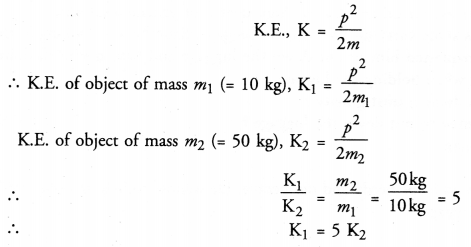
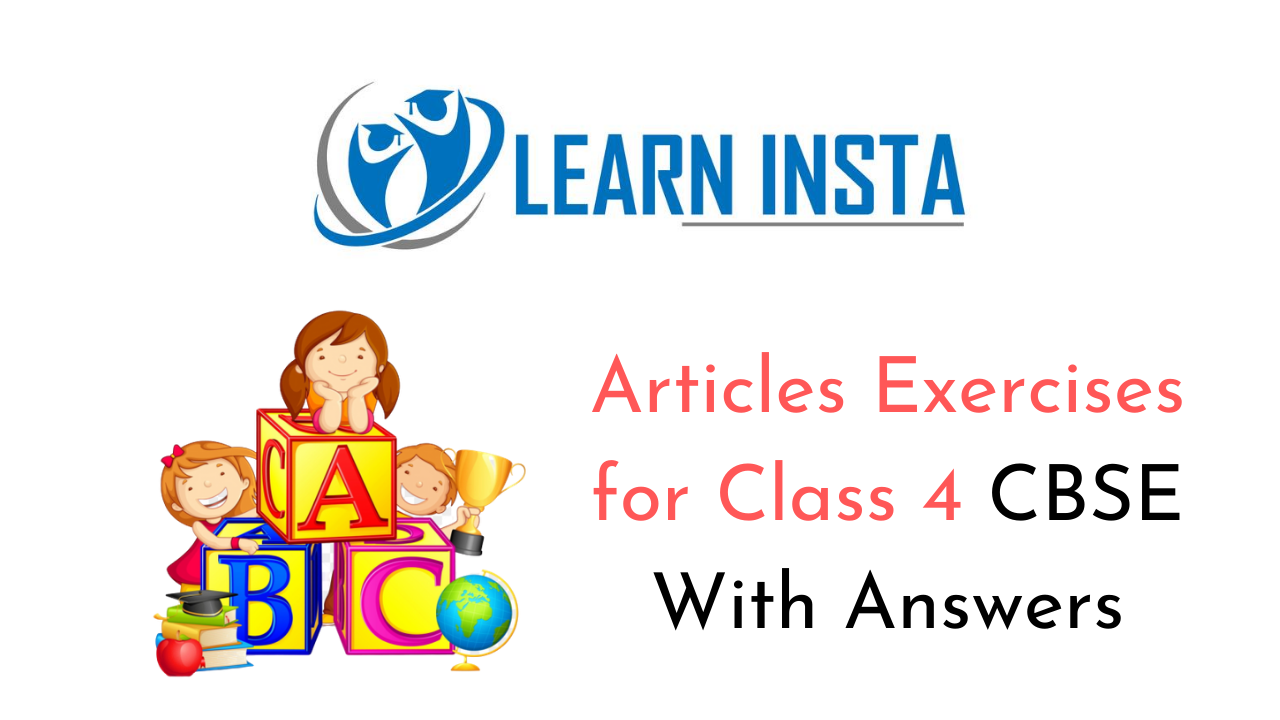
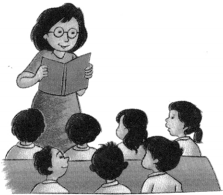
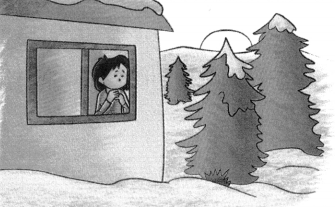
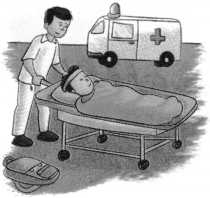




 In Online Education Letter writing is an essential skill. Despite the prevalence of emails and text messages, everyone has to write letters at some point. Letters of complaint, job applications, thank you letters, letters requesting changes or – making suggestions – the list goes on and on. Encouraging children to write letters from an early age will improve their communication, social and handwriting skills, and teach them what they need to know about writing and structuring letters.
In Online Education Letter writing is an essential skill. Despite the prevalence of emails and text messages, everyone has to write letters at some point. Letters of complaint, job applications, thank you letters, letters requesting changes or – making suggestions – the list goes on and on. Encouraging children to write letters from an early age will improve their communication, social and handwriting skills, and teach them what they need to know about writing and structuring letters.
